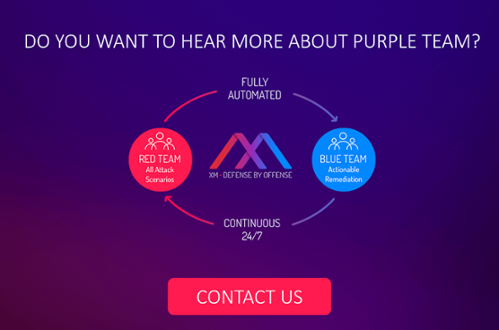How devastating is a successful cybersecurity attack? Consider this: A single breach now costs the average business nearly $4 million in damages, according to research from the Ponemon Institute. The average cost of losing just a single record is nearly $150, globally.
Given the financial and reputational risks associated with security breaches, it’s imperative that today’s businesses apply significant resources toward the development of a robust cyber defense strategy. Yet where to begin? In an information landscape that grows more complex by the minute, it’s often difficult for enterprises to know how to approach this problem.
To create a truly effective cybersecurity strategy, everything should flow from one key principle: All assets don’t deserve the same level of protection. While it’s nice to imagine that we can protect everything within our security environments, the truth is that resources are limited — and strategic assets absolutely require the most attention.
With that in mind, let’s take a closer look at how organizations can implement a strategic cybersecurity plan that allows them to protect critical assets from attackers.
The Challenge of Protecting Key Assets in an Increasingly Digital World
Data growth has been explosive over the last decade, but we’ve only seen the tip of the proverbial iceberg. A recent IDC study projected that global data creation will reach 163 zettabytes by 2025. That’s more than 10x the amount of data created in 2017.
Cloud migration, mobile growth and the Internet of Things are driving this proliferation. It’s estimated that the average person will interact with a connected device an astonishing 4,800 times each day by 2025.
In a world overwhelmingly powered by the cloud and connected devices, the challenges for security professionals will be greater than ever. This means that the impetus to identify the most valuable assets and protect them accordingly will also be an urgent priority. Applying the same risk controls across an enterprise isn’t merely inefficient — it’s an invitation to attackers. As other organizations develop strategies centered around the identification and protection of critical assets, an information security arms race of sorts will develop. Attackers often take the path of least resistance, so it’s incumbent upon security teams to create critical asset security strategies that meet or exceed those developed by other organizations.
Security teams aren’t the only ones thinking along these lines. Attackers also don’t have unlimited resources at their disposal and must prioritize accordingly. Today’s advanced persistent threats (APTs) (who are often state-sponsored) have the ability to launch extremely sophisticated attacks that are designed to target critical assets. Whereas less sophisticated attackers might take a scattershot approach, APTs can execute targeted attacks with surgical precision, embedding within networks, moving laterally and stealing critical assets — often going undetected for months.
The Best Solution for Advanced Persistent Threat Protection
We’ve established the need to emphasize critical asset protection within a cyber defense strategy, and we’ve also outlined the serious risk presented by APTs. So how does an organization go about developing a strategy that emphasizes critical asset and APT protection?
Incorporation of a fully automated breach and attack simulation (BAS) product is one of the most effective ways businesses can do this. These cutting-edge tools simulate the likely attack techniques used by APTs then offer prioritized remediation. This process is much like red teaming, with one key difference: BAS solutions offer continuous protection, helping to eliminate the security gaps associated with episodic and largely manual penetration testing.
BAS platforms allow security teams to view things through the eyes of an attacker, enabling them to play an essential role in identifying and protecting critical assets. By running simulations and receiving detailed and prioritized remediation reports, security teams can identify and address the most critical issues — residing along the most critical paths — to an organization’s “crown jewel” assets.
In Conclusion
Security breaches are more numerous — and more costly — than ever. Given the extraordinary proliferation of data we’re experiencing, don’t expect this state of affairs to change anytime soon. Yet that doesn’t mean that your organization is destined to appear in the headlines or must be exposed to liability.
By developing a smart strategic cybersecurity plan that incorporates cutting-edge APT protection tools such as BAS platforms, you can help put your enterprise in the strongest possible security position.
Tamir Shriki is Customer Operations Manager, XM Cyber
Related Topics





